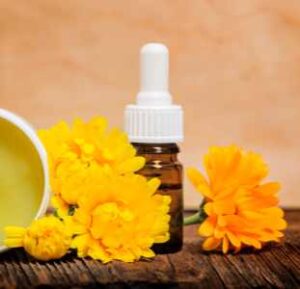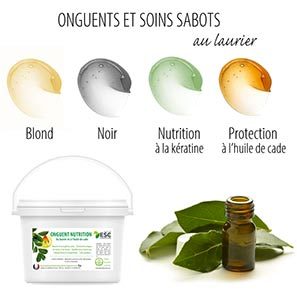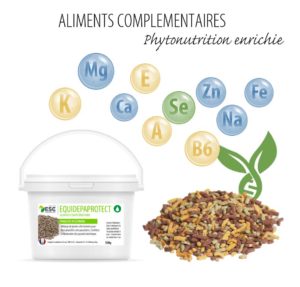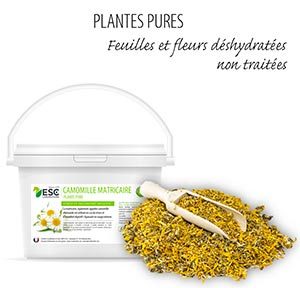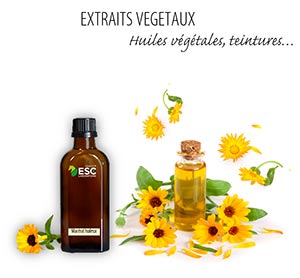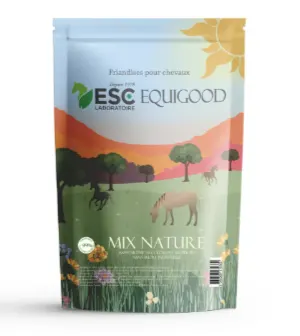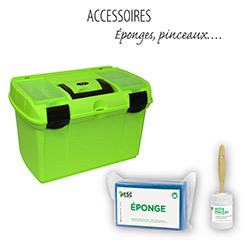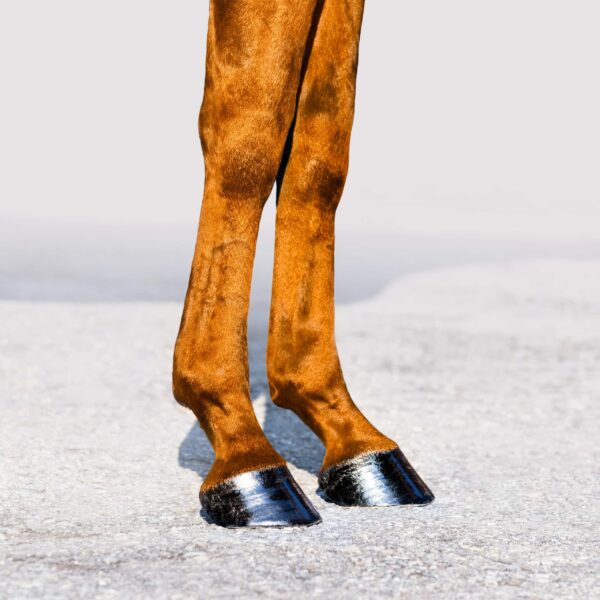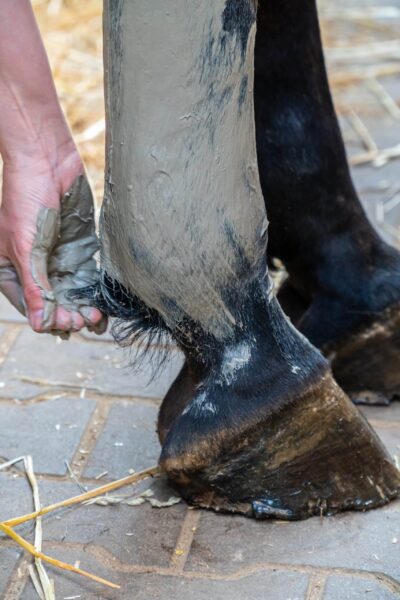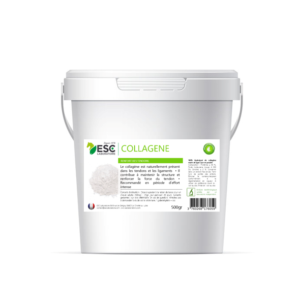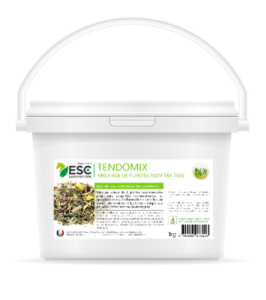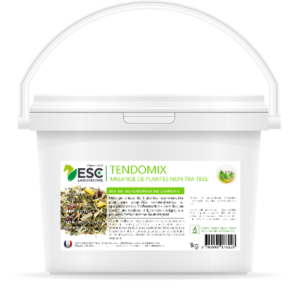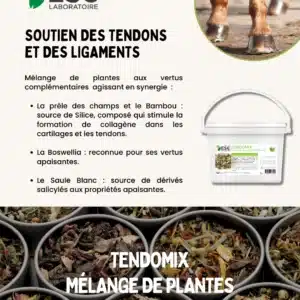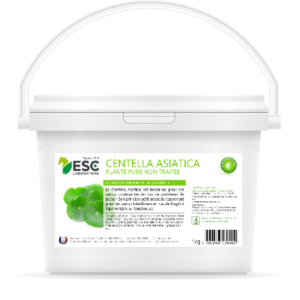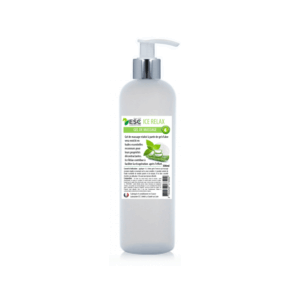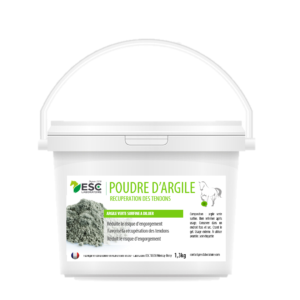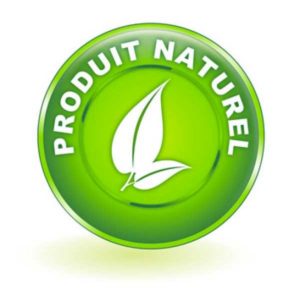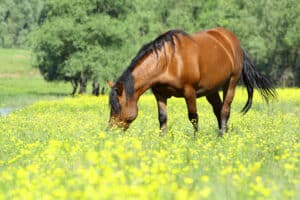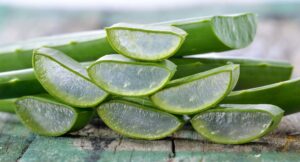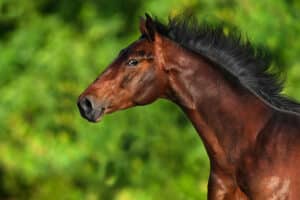The horse tendons are One of the most sought after parts of its musculoskeletal system. For this reason, you need to pay particular attention to prevent the various conditions that may affect them (start with tendinitis).
Even if they will not endanger the life of your horse (in the vast majority of cases), they are most often very handicapped, especially for working and competitive horses. When affected, the tendon of the horse takes much longer to heal and can remain fragile throughout the life of the animal.
In this article, we will therefore look at the different ways in which it is possible to protect the tendons of the horse, but also how to react to tendinitis.
What is their role?
The tendon is a fibrous structure that connects a muscle to a bone. Thus, each muscle of your horse's body has at least one tendon (or even more) at each end.
The difference is made between the tendon (i.e. the end of a muscle) and the ligament, which has an identical fibrous structure, but which connects one bone to another bone. The body of the horse has much more than tendons.
The best known tendons in the horse are those that run along the lower (distal) and rear (posterior) parts of its limbs, under the knee (or carp) and under the shank (or tarse) and attach to the bones of the foot. They are particularly important for the animal, since they allow it to flex its limbs. This is the FSD. (or Finger Area Flender, or « perforated ») and the FPD (for Deep Finger Throat, or « perforating »).
Another fibrous structure is also known because frequently reached in the sports horse: the ball suspender. It is not a tendon as many believe, but a ligament because it connects two bones. When we hit, we talk about desmite and no tendinitis.
The main role of the tendons for the horse is to transmit the forces generated by the muscles to move the bones. The tendons also play an important role in joint stability and in the absorption of shocks generated by movement. The tendons are also living tissues, but have the peculiarity of being very little fed with blood (because of their fibrous texture). They are not very stretchy (inverse of muscles), but particularly innerved.
This is lack of flexibility (and this relatively bad vascularization) which make the tendons of the horse a relatively fragile anatomical structure. They are considered to be the weak link in the equine locomotor system.
Subject to enormous constraints and repeated movements, both flexor tendons (as well as horse balls) are at risk of tearing. This can be done in a progressive or brutal way (following a shock, a bad movement or a bruise).
The main pathologies that may affect the horse tendons
You will understand, therefore the tendons of the horse are more often affected than the other structures of the locomotor apparatus. It appears that one third of active horses have already had tendinitis.
Among the main conditions that may affect them are:
- tendinitis, which is certainly the most frequent. It is an inflammation of the tendon that leads to a more or less significant damage to the collagen fibres that make it. In the most serious cases, it causes the fracture of the fibers that make up the tendon (even if this remains very rare). Even if it can be very painful for your horse, it will not always manifest itself in a lameness.
- The bruise. The tendons of the horse may also have a contusion following external trauma without penetration (such as a shock, a blow, etc.) or a wound in the tissues covering them;
- The dislocation which corresponds to a movement of tendons outside their usual route:
- Laxity which is characterized by loosening of the tendons (only in the case of flexor tendons);
- Retraction (or contracture of tendons) and that it is mainly encountered in foals at birth and which is associated with immaturity of tissues.
How do I know my horse suffers from tendons?
The hec with tendinitis, especially when it touches the superficial flexor tendon, is thatit most often appears brutally, After an intense effort, for example. You will notice then that the affected limb is distorted (at the back of the barrel). We also talk about "banana."
Another distinctive sign of this condition of the horse tendons: the area will be hot, swollen to the touch and painful for animals. But the horse won't systematically limp. These symptoms, when they persist for more than a few days despite stopping and local care, are often associated with tendon injury. It is then called acute tendinitis.
Tensinitis can also be chronic in case of poor healing or recurrence. It frequently accompanies fibrosis of scar fibers.
As for the tendinitis of the deep flexor tendon, the latter will tend to touch the anterior than the posterior. The carpal flange, part of the deep flexor, will often be damaged but in the vast majority of cases the lesions will rather observe under the ball.
Sometimes tendinitis may be associated with a wheel. This is the case when the tendon injury is at the tendon sheath, all at the back of the ball. This wheel is a sign of inflammation of this sheath, we speak of tenosynovitis.
Whatever tendon is affected, only a veterinary examination will diagnose The extent of the problem. The latter will first carry out a thorough clinical examination (observation of possible deformation, swelling or pain at pressure) and possibly mobilization tests. It will also be able to perform possible truncated anaesthesia if the damage is not visible or palpable externally (this is the case of a tendinitis of the deep flexor in the lower region).
Whether acute or chronic, only ultrasound (or MRI in some cases) can diagnose tendinitis and observe the extent and nature of lesions. MRI, despite its significantly higher cost, will sometimes be the best solution in case of chronic lameness or tendinitis within the hoof.
What to do in case of tendinitis in the horse?
In case of tendinitis, the first thing to do is to rest the horse (minimum 3 months). Indeed, the healing of the tendon of horses is particularly long and it will be necessary to adapt its diet accordingly.
Strict rest, as was the practice in the last century, is no longer recommended, except in cases of severe damage. Indeed, movement (controlled!) is essential to stimulate healing and obtain a quality scar tissue. This is why the veterinarian will recommend walking in hand or mounted, before setting up a rehabilitation protocol.
In addition to rest, the may propose several solutions, as:
- Medical treatment (anti-inflammatory and painkillers)
- Local care (especially if the tendinous injury is located at the gun level), ice break, massages with a gel with l-arnica, pausecataplasm clay ;
- An orthopaedic fitting adapted to the affected tendon and the aplombs of the horse. For example, in the event of a deep flexor, the veterinarian will prescribe a clasp with the covered heels, even an egg-bar-shoe if the heels support it, and a short clasp trim.
In the most serious cases, the veterinarian may also consider making a nevrectomy which consists of cutting off the associated sensory nerve). This intervention (which remains highly contested) essentially reduces pain in the foot.
It may also be interesting to give the horse food supplements which promote healing. These are: Marine Collagen, a collagen of type I, the one found within the tendons, or MSM, source of bioavailable sulphur.
Promote healing of your horse's tendons through our marine collagen
The return to work will then be gradual. (preferably on firm or hard soil).
How to protect the tendons of the horse and prevent tendinous attacks?
To prevent tendon disorders in horses, it is recommended to avoid work on too soft or irregular soil. This environment will indeed lead to serious constraints. If you notice abnormal swelling, stop work immediately, as it may be a start of tendinitis, and continue as if nothing were likely to worsen the situation.
Also take the habit ofObserve the tendons of your horse before and after each training. Make it trim and iron regularly to avoid additional constraints. You can also shower its members with fresh water after work and provide them with clay-based care After a particularly intense session.
To protect the tendons of the horse, we also recommend use tapes. You will be able to choose rest bands when he is in the box, travel transport strips, and gaiters for work. Each will have a specific action that will preserve the tendons of your animal (help with drainage). in case of congestion, support and protection against possible bruises at work, etc.)
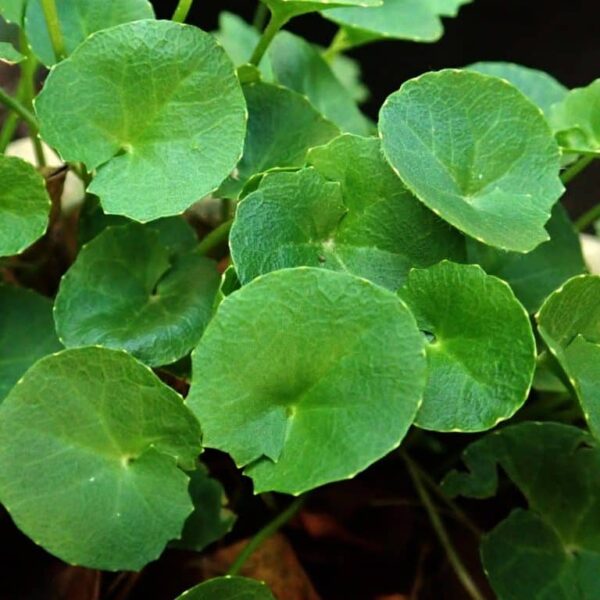 At ESC, we also have developed natural supplements to support the horse tendons. You can then turn to:
At ESC, we also have developed natural supplements to support the horse tendons. You can then turn to:
- Our centella asiatica powder, a source of saponosides and flavonoids recognized for its regenerative properties and its benefits on the blood circulation and will support the horse's tendons;
- Tendomix, a mixture of 8 plants with soothing and draining properties and supporting natural healing processes.
Discover our blend of 8 soothing plants Tendomix
Find our selection of natural products to protect your horse's tendons:
-
8 opinions
-
2 opinions
-
11 opinions
-
13 opinions
-
26 opinions
- Exhausted
Green Clay Horses – Powder Format – To be reconstructed – Horse tendon recovery
- 12,40 € – 43,20 €Price range : 12,40 € at 43.20 €
- Choice of options
-
No more reading?
Discover our other articles and tips in equine herbal medicine


